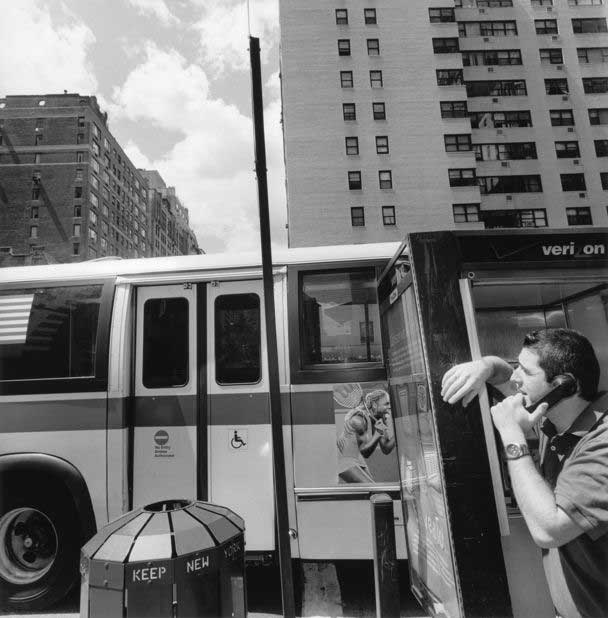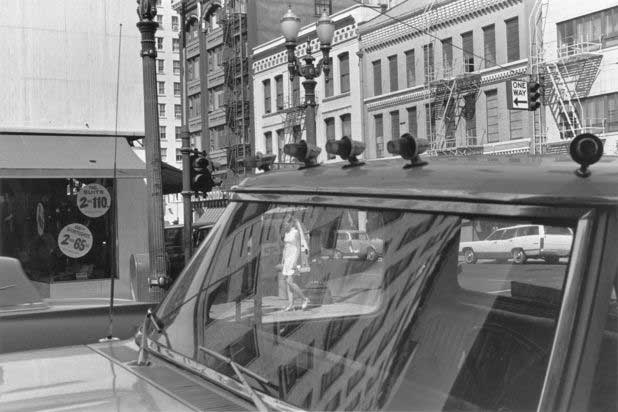Galerie Thomas Zander is delighted to present a selection of new dye transfer prints by Candida Höfer, which was developed in collaboration with the gallery this year and is now on view for the first time, juxtaposed with recent large-scale colour images of interiors.
Candida Höfer, born in Eberswalde in 1944, is a representative of The Düsseldorf School of Photography and was a member of Bernd Becher’s inaugural class at the Kunstakademie Düsseldorf. In 2002 the Cologne based artist participated in documenta 11, in the following year she exhibited at the German Pavilion during the Venice Biennale and is recognised as one of the most important contemporary artists in Germany today.
Informed by the notion of visual memory and an interest in how people shape their environment, her projects explore the aesthetics of photographed spaces. Since the early 1980s Höfer has photographed libraries, museums and opera houses with a respectful distance and arranged in meticulous compositions. The absence of people in these cultural institutions of preserving, representing, mediating, dwelling – properties that are also inherent to photography – allow the artist to focus attention on the inner structures of the spaces. On view are concentrated, surprisingly minimalist images from 2003 to 2016 of interiors of the Neuer Stahlhof and the Schmela Haus in Düsseldorf as well as the Van Abbemuseum Eindhoven. Each taken after an architectural or functional alteration, they mark the transitions and continuities of cultural memory and renewal. Beyond the opulent colourfulness and ornaments that impress the viewer in Höfer’s symmetrical, central perspectives of halls and castles, these characteristic sections and structures of the spaces are portrayed in shades of off-white and grey. The palette and perspectives capture the objective building style, whose reduced forms follow from function and material. In the images of the spirally winding staircase of the Neuer Stahlhof, for example, extremely high and low angles cause a degree of alienation that verges on the abstract. Alongside the large-scale works, the exhibition introduces a special selection of new dye transfer prints on view for the first time. Its images attest to a tendency towards abstraction by condensing architectural details in close-ups and occasionally dispensing with references to objects altogether. In contrast to the described photographs of interiors, these images are not even located by their titles. Light and colour textures now form the core of the compositions, brought out by the striking intensity of the high quality printing process, which is known from the 1960s and ’70, but has become very rare today. A further dye transfer portfolio of Düsseldorf images from the 1970s accompanies the exhibition as well as a publication featuring the two elaborately produced projects, which the artist realised in collaboration with the gallery in 2016.

An exhibition of street photographs by Lee Friedlander, taken over the course of more than fifty years, is on view on the Second Floor. One of the most renowned American photographers, Friedlander reflects the modern, often alienated everyday life in his black and white images and is regarded as a critical observer of the American way of life. Since the early 1960s his work has been the subject of numerous international exhibitions and has continually been accompanied by his book publications. As early as 1967 his works were included in the seminal group show New Documents alongside the photographs of Diane Arbus and Garry Winogrand at the Museum of Modern Art in New York. The exhibition, which was curated by John Szarkowski, has figured as a formative influence on the visual vocabulary of subjective documentary style photography until today. Many of Friedlander’s images are among the icons of American photography and have become contemporary documents of our time. In Friedlander’s most recent series of books, The Human Clay, images of people in their surroundings are presented together thematically, chosen and sequenced by the artist himself from his vast archive, many never before published. The series encompasses portraits, images of the artist’s family and now the latest volume Street (Yale University Art Gallery, 2016). Friedlander prefaces his newly published volume of street photography with a quotation from a jazz classic, attuning the viewer to the sequence of images: “Meet me at no special place and I’ll be there at no particular time.“ With his unmatched visual wit and complex inclusiveness Friedlander rearranges everyday urban situations into aesthetic, sometimes impenetrable structures. Through rigorous cropping, unfamiliar angles, multiple reflections or frame-in-frame constructs he radically breaks with aesthetic conventions. The intricate compositions, which result from photographing rear-view or side mirrors of cars or shop windows and occasionally include a self portrait of the artist offer a distorted yet paradoxically even clearer view of American life and its social developments. A view that nonetheless always reveals itself as an individual one. Lee Friedlander lives and works in New City, New York.
“I suspect it is for one’s self-interest that one looks at one’s surroundings and one’s self. This search is personally born and is indeed my reason and motive for making photographs. The camera is not merely a reflecting pool and the photographs are not exactly the mirror, mirror on the wall that speaks with a twisted tongue. Witness is borne and puzzles come together at the photographic moment which is very simple and complete. The mind-finger presses the release on the silly machine and it stops time and holds what its jaws can encompass and what the light will stain. That moment when the landscape speaks to the observer.”
(Lee Friedlander, Preface to “Self Portrait”, 1970)







